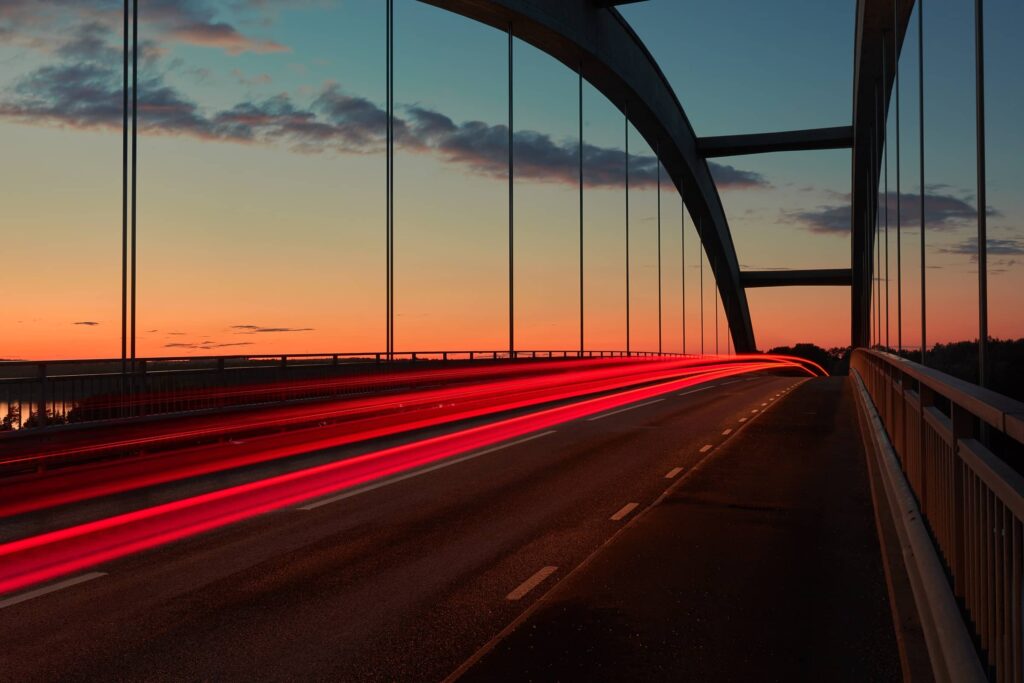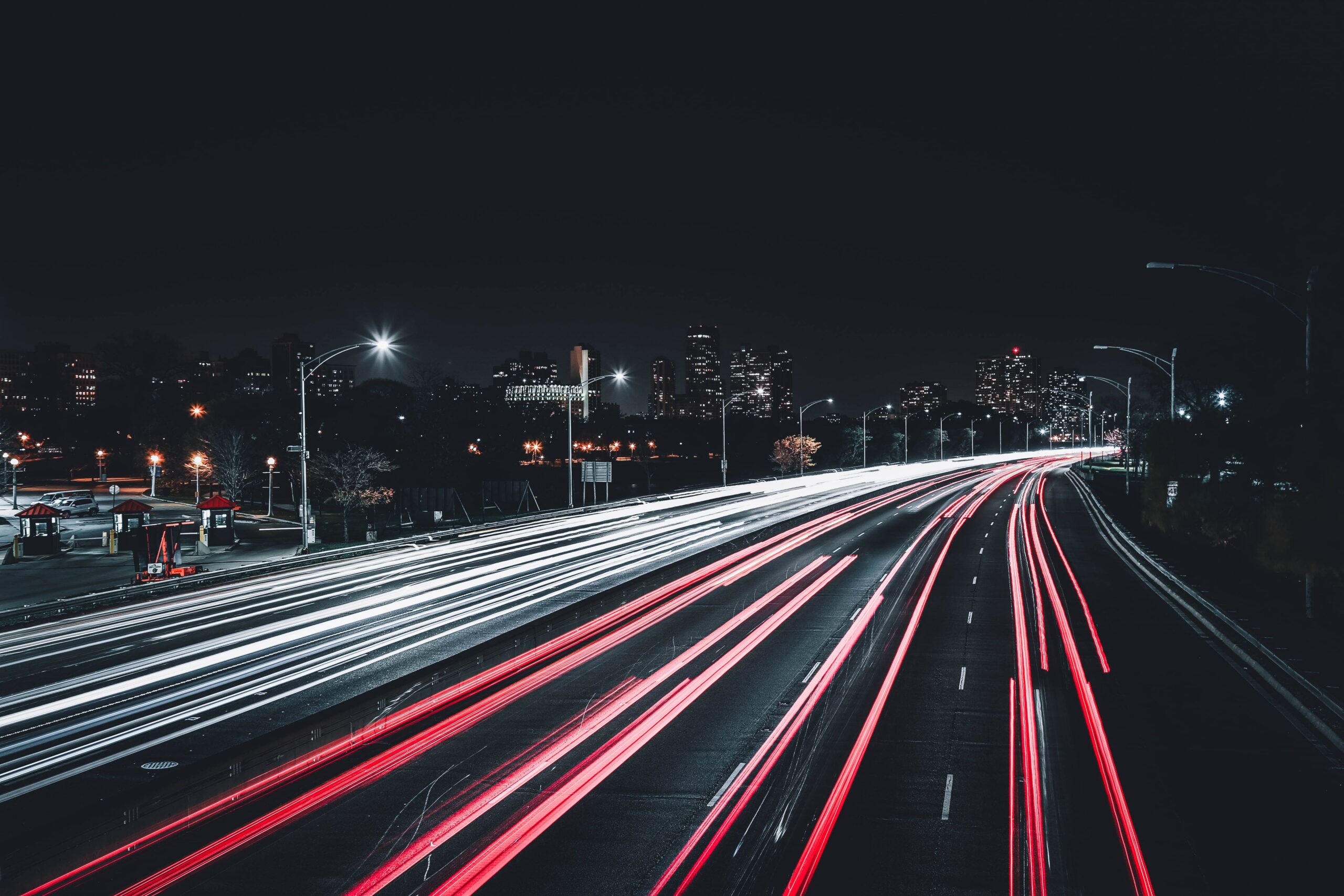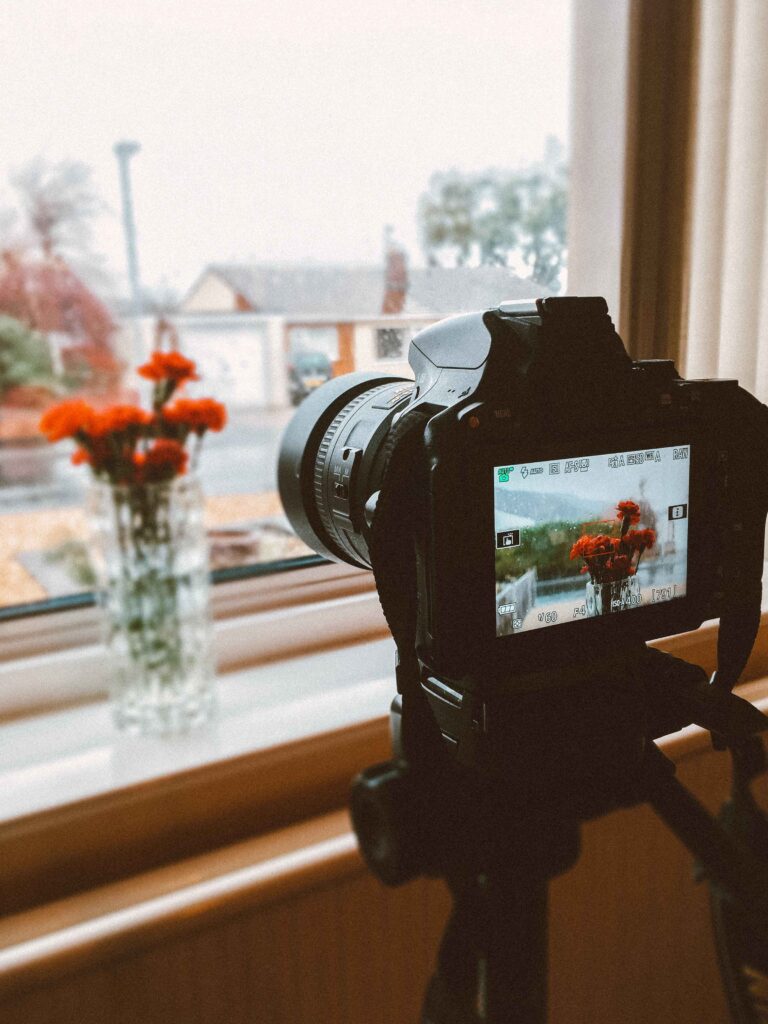How to Get the Best Long Exposure Settings on Your Canon Camera
If you are thinking about long exposure photography, there are some excellent ways of getting the job done. The good news is that the type of photography has now become a commonly available feature on smartphones, too. Giving you the chance to try out your artistic side on whatever device you own. However, a few days, a friend of mine came to me asking about some basic long exposure settings for a Canon camera and that made me realise that although these settings are universal, the menus and other aspects can be slightly different.
Therefore, I am going to walk you through some aspects of these settings so you can have a better understanding. I am also going to leave you with some long exposure tips, as well. So, if you have use for that, you can actually get things sorted rather easily. So, let’s not waste time and have a look, shall we?
Tips and Best Settings for Long Exposure Settings for Your Camera
Taking a long exposure shot and doing it the right way is not at all difficult. However, it does require a certain level of understanding and practice to get right. Before we get started, I would highly advise investing in a good, stable tripod because you do not want to be taking long exposure shots handheld as that rarely works. In addition to that, a remote shutter is another thing that I would recommend.

With that said, let’s look at all the aspects so you can have a better idea.
1- Setting Your Camera Up
Now, the first thing that we have to do to get started the right way is that we have to set our camera up. This is something that a lot of people get confused with. Thankfully, the same settings would apply for almost every single camera regardless of the model. In addition to that, you can use the same settings on your phone, too. Provided your phone offers you manual control of taking a picture. Rest assured, it is not going to create an issue.
These are the settings that I use, but you can actually go ahead and tinker with them until you find what’s good for you.
- Shutter: 1-second (can be adjusted based on the light)
- Aperture: F/8
- ISO: 100
- White Balance: AWB
- Focus Mode: Manual/Single-Shot
- Drive Mode: Single-Shot
- Remote Shutter Delay: 2-Seconds
- Camera Mode: Manual Mode

Now, of course, you can actually go ahead and make adjustments to the settings without any issues that might otherwise come in the way but generally, this is the setting that I would go for.
2- The Lens Actually Matters
I know this might sound like an elitist opinion but when you are in the process of taking long exposure shots, I would highly advise that you are investing in a good lens because it does matter a lot and makes a lot of difference. Finding the right lens is not at all difficult, I would suggest that you are using something along the sides of a wide-angle lens with a decent, fixed aperture. A 16-35mm f/2.8 or an 24-70 f/2.8 is a great option that you can check.
3- A Good Tripod is Important
I have said this before as well but I am going to get into some details here. A good tripod is very important when you are looking to get the best shots using long exposure. Even if you are not doing long exposure photography, I’d still recommend investing in a good tripod.
The reason behind that is rather simple. A good tripod will ensure that when the camera is placed on the tripod, it won’t move and your shot will not be ruined. Because the most critical thing with a long exposure shot is that there is no movement whatever once the shutter button is pressed because no matter how small the movement was, it’ll ruin your shot.

4- Invest in a Remote Shutter Release
Now, a lot of people might not agree with this and that is fine but when you are going to take a long exposure shot, my suggestion to you is that you should invest in a remote shutter. The reason behind that is rather simple. When you set up your camera on the tripod and press the shutter button, there is always a possibility that the camera might end up moving, now, if the camera does move, your entire shot is ruined and you might end up missing the moment.
The remote shutter release will help you prevent that from happening and the good thing is that modern cameras can actually connect to your phone and let it works as a shutter. So, you do have options but if your camera doesn’t allow that, buying a good shutter release is a great way to get started.
5- Practice Beforehand
Considering how you are about to take a long exposure shot, I would expect that you have everything planned out beforehand and the shot you are about to take. This means that the shot you need to take has to be perfect, and in that case, you have to be sure that nothing goes wrong.
So, ideally, I would always suggest that you are practicing the shot beforehand. Use the same methods told in this article but practice on generic shots, to see where you can make a mistake and how you can get rid of it.

Long exposure shots need a lot of patience, so it is better that you don’t make a mistake.
6- Always Shoot in RAW and Edit Your Photos
The last tip can be considered a two-in-one because we are talking about the fact that when you are shooting long exposure shots, or any other shot, for that matter, it is always better that you are shooting in raw. For the simplest reason that pictures in raw end up looking a lot better and you can actually edit it in Lightroom to create something that is truly unique and entirely yours.
It might not be easy for everyone, but hey, if you are looking to get the experience you want, this is a great way of doing things. Sure, you can use unedited pictures, too, but you might not get the experience you are looking for and you might not be able to bring the picture out the way it should look.
Conclusion
When you are looking at long exposure photography, you have a number of options available with you and you can go with whatever option that you think is best. I do understand that it can be confusing and almost overwhelming when you are taking a shot such as that, but honestly, if you are practicing enough and you are well aware of the basics of photography, you should not have any issues.
With this article, we have aimed to make it super simple and easy for anyone to take a long exposure shot, and the best part is that these settings can be used on any camera, and any smartphone and you will get the results you are looking to get.
Frequently Asked Questions







